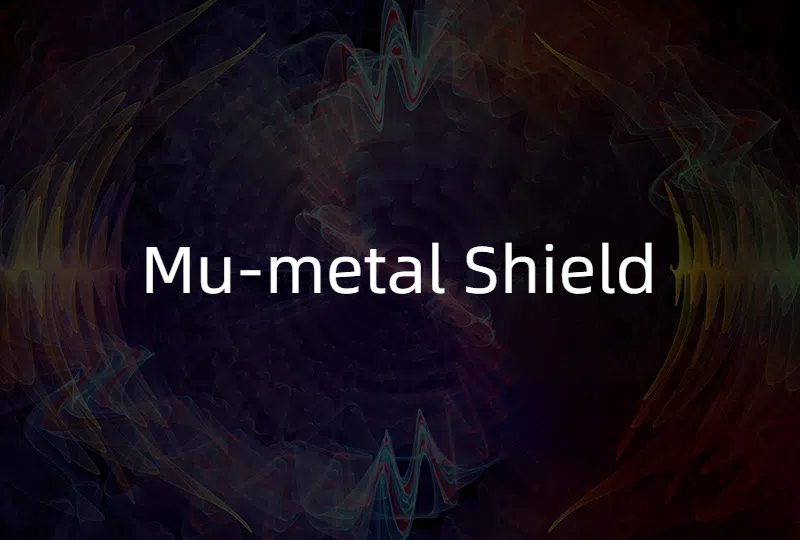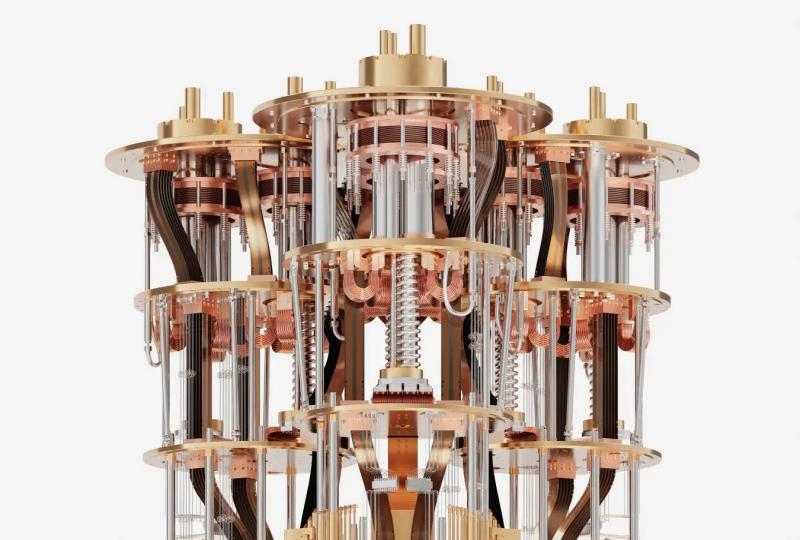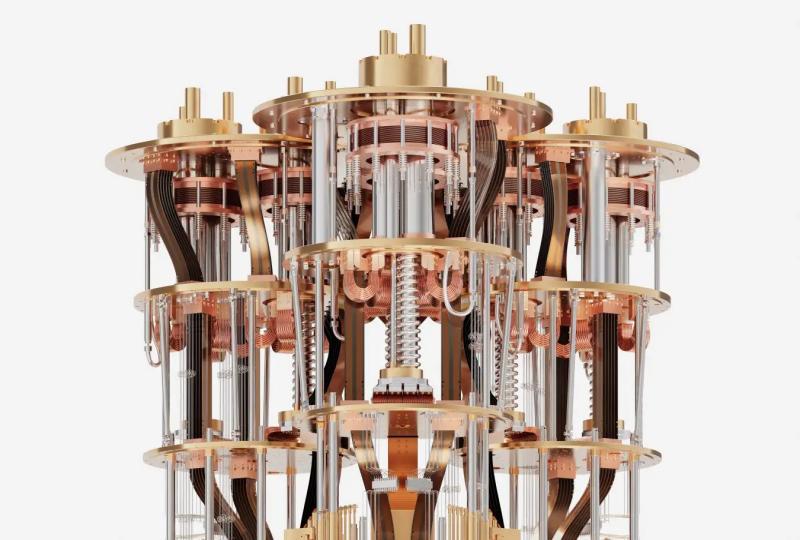Mu-metal Shield in Quantum Computers Explained [2025]
2025.05.23 · Blog Mu-metal shield
As quantum computers push the boundaries of modern computation, protecting their fragile quantum states becomes mission-critical. One of the unsung heroes in this effort is Mu-metal shielding—a specialized material used to block magnetic interference that could otherwise disrupt delicate qubit operations.
In this article, we'll explore what Mu-metal is, how it works, and why it's indispensable for quantum hardware.

What is Mu-metal?
Mu-metal is a nickel–iron soft ferromagnetic alloy known for its high magnetic permeability, allowing it to attract and absorb low-frequency magnetic fields such as the Earth's magnetic field or electromagnetic interference (EMI) from nearby electronics.
Typical composition:
-
~77% Nickel
-
~16% Iron
-
~5% Copper and Molybdenum
What makes Mu-metal special is its ability to redirect magnetic field lines, effectively shielding sensitive electronics from magnetic disturbances.
Why Magnetic Shielding Matters in Quantum Computing
Quantum computers rely on qubits, which can exist in superposition and entanglement—phenomena extremely sensitive to environmental noise. Among the various threats, magnetic fields are particularly disruptive for several types of qubits:
|
Qubit Type |
Magnetic Sensitivity |
|
Superconducting qubits |
Moderate |
|
Spin-based qubits (NV centers, quantum dots) |
High |
|
Trapped-ion qubits |
Moderate |
|
Topological qubits |
Low to moderate (still under research) |
Uncontrolled magnetic noise can cause decoherence, where a qubit loses its quantum state prematurely, thereby reducing computational fidelity and reliability.
How Mu-metal Shields Are Used in Quantum Computers
To safeguard qubits, Mu-metal shielding is used in several critical areas:
1. Cryogenic Enclosures
Superconducting quantum processors operate at millikelvin temperatures inside dilution refrigerators. Mu-metal layers are added around these enclosures to suppress external magnetic fields.
2. Quantum Chip Packaging
Mu-metal is often integrated into the packaging of quantum chips to ensure that stray magnetic fields do not induce currents or alter circuit behavior.
3. Experimental Setups
In laboratory settings, entire experimental chambers or racks may be lined with Mu-metal to reduce ambient magnetic noise from building infrastructure or other devices.
Multi-Layered Shielding Strategy
Mu-metal is most effective when used in multi-layered shielding designs, often combined with:
-
Superconducting materials (to block higher-frequency fields)
-
Faraday cages (to block electric fields)
-
Active cancellation coils (for dynamic magnetic field adjustment)
This hybrid strategy ensures that qubits remain in an ultra-low-noise environment, a prerequisite for scalable quantum computing.
Common Mu-metal Magnetic Shielding Problems and How to Solve Them
While Mu-metal is essential for protecting quantum hardware, implementing effective magnetic shielding is far from trivial. Below are some common challenges faced during the shielding process, especially in quantum computing applications:
1. Material Saturation
Challenge: Mu-metal has a magnetic flux saturation point. If exposed to strong external fields (e.g., nearby power lines or motors), it can become magnetically saturated and lose shielding effectiveness.
In Quantum Computing: Even brief magnetic spikes from elevators or lab equipment can disrupt shielding around dilution refrigerators or qubit arrays.
Mitigation:
-
Use multiple shielding layers with spacing.
-
Combine Mu-metal with high-saturation alloys or superconducting shields.
2. Mechanical Stress and Fabrication
Challenge: Mu-metal is very sensitive to mechanical deformation. Cutting, welding, or bending it can change its crystal structure and dramatically reduce permeability.
In Quantum Computing: Poor handling during cryostat or chamber fabrication can render shielding ineffective, leading to unexpected qubit decoherence.
Mitigation:
-
Perform annealing (heat treatment in hydrogen atmosphere) after machining.
-
Use prefabricated shield components whenever possible.
3. Magnetic Shielding Gaps and Leakage
Challenge: Any gaps, seams, or holes in the shielding layer allow magnetic flux to leak through—compromising the shield’s integrity.
In Quantum Computing: Feedthroughs for cables, control lines, or cooling tubes can act as “leaks” in the shielded volume.
Mitigation:
-
Design labyrinth seals or overlapping layers.
-
Use flexible Mu-metal sheets to bridge seams.
4. Thermal Compatibility
Challenge: Mu-metal operates well at room temperature, but its properties may degrade at cryogenic temperatures unless carefully engineered.
In Quantum Computing: Since most superconducting quantum processors operate at millikelvin scales, ensuring low-temperature magnetic shielding performance is critical.
Mitigation:
-
Choose low-temperature-compatible Mu-metal variants.
-
Combine with cryogenic-compatible magnetic shields like superconductors.
5. Size and Design Constraints
Challenge: Quantum systems are growing in complexity. Creating shielding that fits around intricate hardware while maintaining performance is a design and integration challenge.
Mitigation:
-
Use modular shielding assemblies.
-
Involve mechanical and quantum engineers jointly in early design phases.
Final Thoughts
While quantum algorithms and hardware get most of the spotlight, materials like Mu-metal quietly underpin the stability and success of quantum computers. As we scale quantum machines to more qubits and greater complexity, advanced shielding techniques will become even more crucial.
For researchers, engineers, and quantum enthusiasts alike, understanding the role of Mu-metal is a step toward mastering the full stack of quantum technology.
Featured Content






